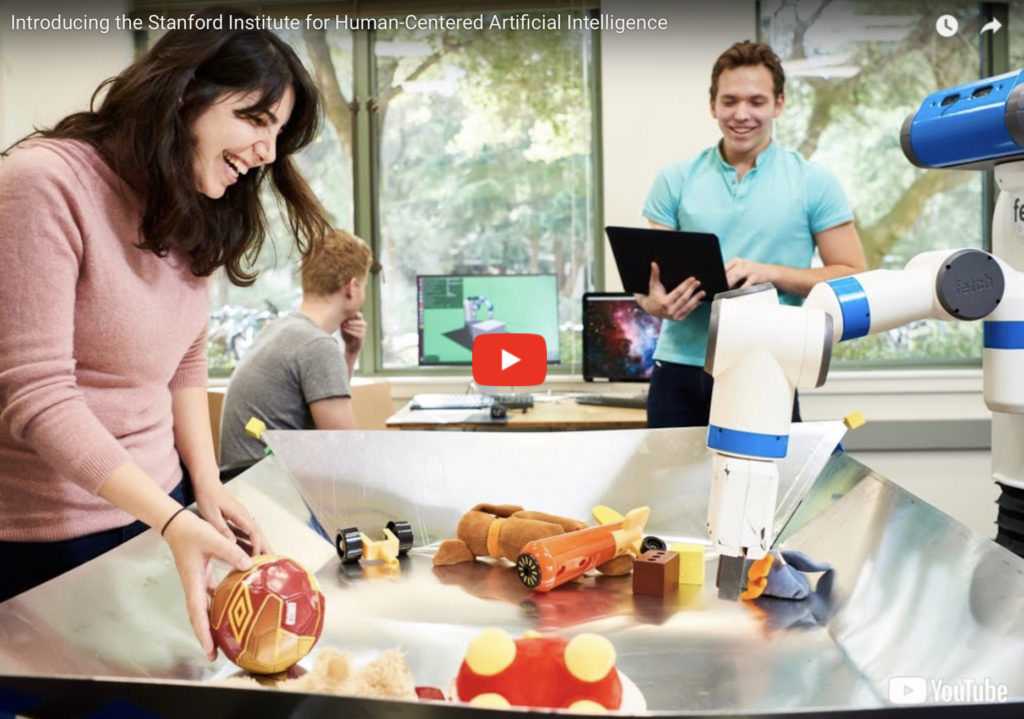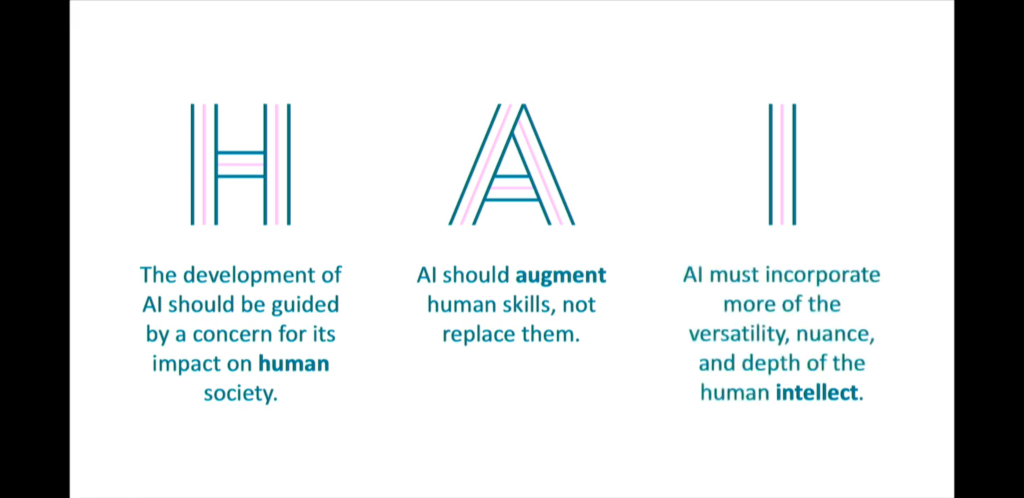Today Stanford is launching the Institute for Human Centered Artificial Intelligence (HAI), for interdisciplinary research including academia, regulators and industry on future and emerging tech.
It will be called Stanford HAI – high indeed.

The two directors are academia superstars: Fei-Fei Li, the former Google Cloud Chief Scientist that publicly led the Google discussions on whether and how to engage with the US military; and John Etchemendy, the former Stanford provost and philosopher.
They started the institute basically in the parking lots of their adjacent Silicon Valley houses, talking about how the humanities and computer science departments could bring new aspects to the university’s research.
HAI is looking to raise $1 billion, the same as MIT. Advisory board members include Eric Schmidt, Jerry Yang, Reid Hoffman, Marissa Mayer and others, with Bill Gates giving the keynote today.
Ethical questions around AI have been on the forefront of public and industry discussions last year, and HAI aims to address them. 200 staff from all around Stanford added ideas to the task force.
The opening remarks basically referred to Stanford HAI as the renaissance of thinking and learning. A high bar, but human-centered AI might be the path to get there.

Fei-Fei Li started her remarks paying homage to an imaginative 1959 experiment on visual intelligence, winning the Nobel prize, transforming neuro networks and AI. She then continued the rise of AI from academic niche to global powerhouse in less than a decade, but with a refreshing focus on the issues surrounding algorithmic bias (some technical, but showing a need for greater diversity), privacy, policy, security and job displacement. It all started with the Stanford AI Lab in 1963.
AI, according to Li, can help address climate change, healthcare, information, as a backup and support for humans, as the world surpasses human’s ability to keep up. It is the single greatest shift in AI history.
Her challenge to HAI (human – augment – intellect) is to take advantage of the good in AI while avoiding the bad. The list of examples is long, but the story stays the same. Focus on higher level tasks, safer, more creative and more meaningful. Rather than replacing humans, AI should make humans better at what they do.

